Is BHA the Missing Ingredient in Your Skin Care Routine?
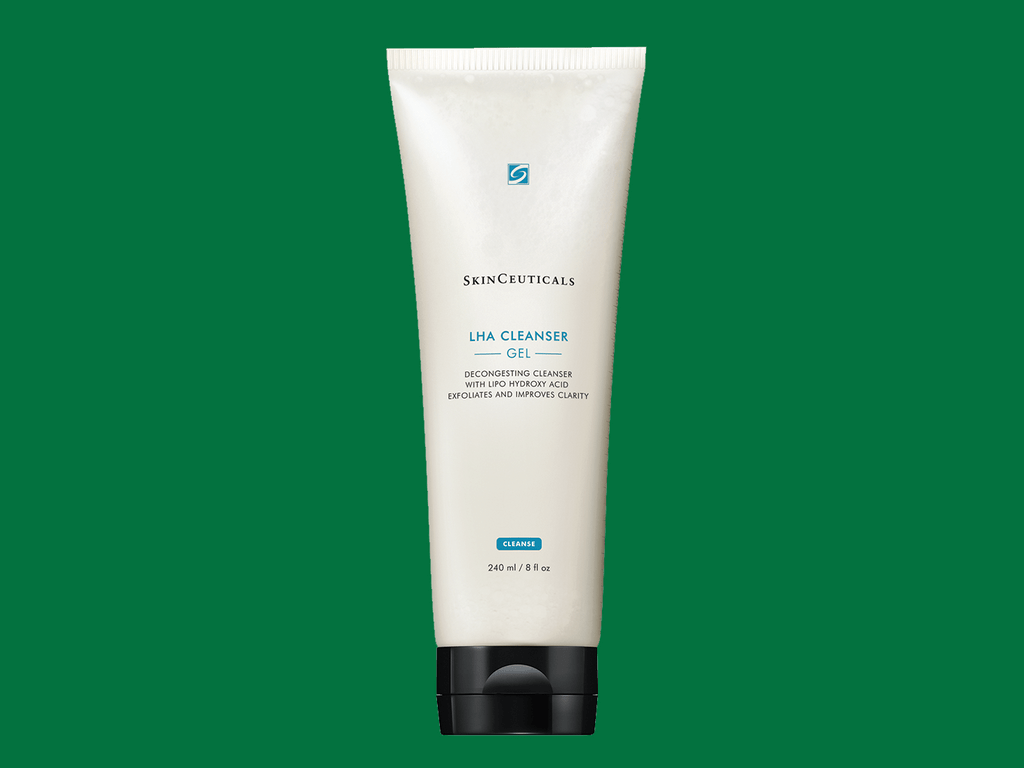
Beta-hydroxy acids can be very helpful for people who have acne, oily skin, and aging concerns. Board-certified dermatologists suggest how to choose them.
It’s safe to say that, at some point, nearly every adult has gone on a quest to find the best skin-care product for their skin woes, whether it’s dry skin, oily skin, acne, or a combination of all the above. One category of ingredients that has become more popular in recent years is beta-hydroxy acids, which are often found in cosmetics and skin-care items. Even if you’re familiar with the term, chances are you’re uncertain with what exactly they are and how they’re best used.
What are beta-hydroxy acids?
Beta-hydroxy acids, or BHAs, are ingredients that are intended to reduce the signs of aging in the skin.
“In essence, BHAs are ingredients that are used in skin-care products to help with the process of exfoliation, which helps loosen and remove dead cells from the skin surface while also helping to smooth out the surface texture of the skin,” explains Rajani Katta, MD, a board-certified dermatologist in Houston and author of Glow: The Dermatologist’s Guide to a Whole Foods Younger Skin Diet. “Chemical exfoliants may also help with skin renewal and radiance, although they can cause redness and irritation.”
Exfoliants like BHAs can be really helpful in terms of treating certain skin concerns, Dr. Katta says. One of the key uses for BHAs is in the treatment of patients with oily skin and acne, especially those with blackheads and whiteheads.
(Related: How to Give Yourself a Spa-Worthy At-Home Facial)
Different types of BHAs
Salicylic acid is the most common BHA; it’s found in a large majority of over-the-counter acne-fighting products, such as cleansers, spot treatments, peels, and other skin-care formulations. Natural salicylic acid is derived from the bark of willow trees. It can also be reproduced synthetically.
“Salicylic acid is what is known as oil-soluble and is useful for treating blackheads and whiteheads,” Dr. Katta explains. “For people with oily skin and clogged pores, it can go deeper into the hair follicles and help loosen oil and dead skin cells.”
According to Deidre Hooper, MD, a board-certified dermatologist at Audubon Dermatology in New Orleans, another popular option is lipohydroxy acid, or LHA.
“This is basically a synthetic beta-hydroxy acid that’s been invented by chemical companies,” she explains. “It’s a derivative of salicylic acid, so basically it’s been modified to be more gentle, but very effective.”
(Related: Glowy Skin Is But a Facial Peel Away)
BHAs vs. AHAs
BHAs are often used in combination with alpha-hydroxy acids (AHAs). Both BHAs and AHAs act as chemical exfoliants, says Dr. Katta. They work to improve the texture of the skin while also reducing the appearance of fine lines and wrinkles.
There are several highly effective alpha-hydroxy acids, which are derived from different substances. They include lactic acids (derived from milk) and glycolic acid (derived from sugar cane). Available in various strengths and concentrations, AHAs can be used to help with skin renewal and anti-aging.
Although both AHAs and BHAs can help exfoliate your skin, there are some key differences between them. According to Dr. Hooper, AHAs create a coating on your skin and help disrupt the top layer of your skin. This makes it an ideal solution for issues related to pigment and texture. BHAs, meanwhile, are drawn to oil and head for your pores.
“When you apply BHAs to the skin, they soak down into your pores, so it acts as an exfoliant, but more targeted to pores and oil glands,” she explains. “Thus, beta-hydroxy acids are good for people that have large pores, blackheads, and acne.”
The FDA says that while both AHAs and BHAs work as exfoliants, BHAs are believed to be more effective in reducing the appearance of fine lines and wrinkles without the irritations sometimes associated with AHAs.
(Related: The Best Benzoyl Peroxide Acne Treatments to Try Right Now)
Do’s and don’ts when using BHAs
The biggest mistake you can make when using BHAs is using more than one product at a time, Dr. Hooper says. This is because it can quickly irritate your skin, leaving your skin worse off than when you started.
“Choose one product, either a cleanser or a leave-on product, but not both because at some point you’ll start irritating your skin and irritated skin is going to age more quickly because there’s so much inflammation,” she says. “You’ll also start to lose the benefit if you do this because you’ll be doing the same thing over and over again.”
To help avoid irritation, it’s best to start slowly.
“For most patients, it’s helpful to start by using these every other day to make sure that you’re not experiencing any irritation,” adds Dr. Katta. “Also, since different products have different strengths and concentrations, you do need to be cautious about the particular formulation that you’re using.”
As for what type of product to choose, Dr. Hooper prefers a leave-on cream, gel, or peel pad for acne and a cleanser such as those containing LHA for oily skin.
“If you’ve got oily skin, but are not really plagued with acne, I very much like to use LHA cleansers, but if you’re more trying to combat blackheads and unclog pores, I think a leave-on product is going to be more effective,” she explains.
(Related: 5 Skin Care Ingredients You Should Never Mix—and 4 You Should)
When to see a dermatologist
According to Dr. Hooper, a good rule of thumb for trying a skin care product is to use it for about 60 days. While she does believe there some very effective products available over the counter, if you’re not seeing results, you should talk to a board-certified dermatologist.
“If you’ve been using your product for two months and you’re not seeing the changes you expect, you can often save money just by seeing a dermatologist,” she says. Dr. Hooper says she sees patients who have spent loads of money on different versions of the same product who could have saved money by getting a procedure, instead.
(Related: 19 Ways Dermatologists Wake Up With Younger-Looking Skin)
6 dermatologist-recommended BHA products
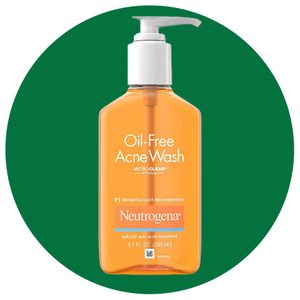
Neutrogena Oil-Free Acne Wash
This affordable drugstore find has been on the market for years and it’s a popularly recommended product for oily skin, Dr. Hooper says.
Neutrogena Oil-Free Acne Wash, $9, walmart.ca
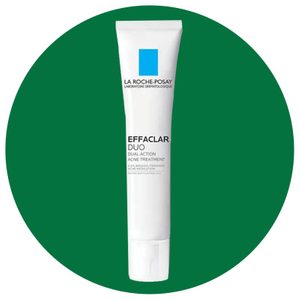
La Roche Posay Effaclar Duo Acne Spot Treatment
This is an example of an LHA product, which Dr. Hooper recommends to patients who are looking for a more gentle product for sensitive skin.
“What I like about these products is that rather than using distilled water to make them, they use spring water from France,” she says. “The spring water contains minerals like zinc and selenium. They’re also prebiotic, so they help feed a healthy, happy skin barrier.”
La Roche Posay Effaclar Duo Acne Spot Treatment, $25, shoppersdrugmart.ca
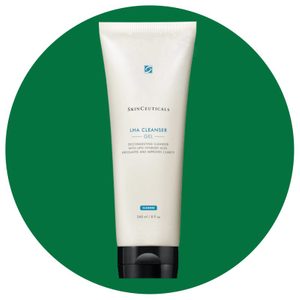
Skinceuticals LHA Cleansing Gel
This is another LHA product that Dr. Hooper recommends to patients with oily skin, large pores, and acne.
Skinceuticals LHA Cleansing Gel, $52, hammamspa.ca
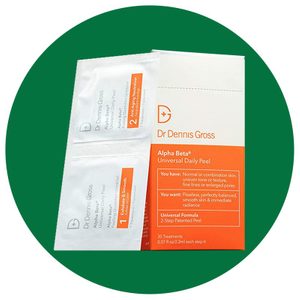
Dr. Dennis Gross Alpha Beta Universal Daily Peel
If your issue is more acne than oily skin, this is one of Dr. Hooper’s go-to recommendations for her patients.
Dr. Dennis Gross Alpha Beta Universal Daily Peel, $115, sephora.com
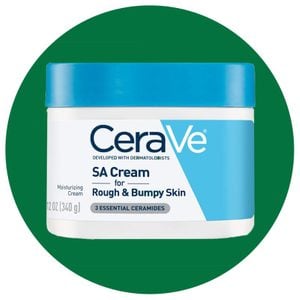
CeraVe SA Cream
“This salicylic acid cream is ideal for rough and bumpy skin and can even be used on other areas such as the feet,” says Anna H. Chacon, MD. a board-certified dermatologist at Cleveland Clinic in Weston, Florida.
CeraVe SA Cream, $23, shoppersdrugmart.ca
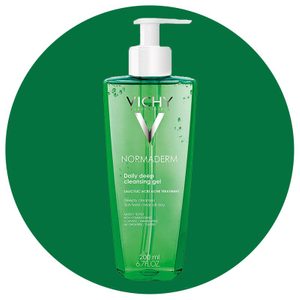
Vichy Normaderm Daily Acne Treatment Cleansing Gel
This deep-cleansing gel with salicylic acid is another great option for treating oily skin, Dr. Chacon says.
Vichy Normaderm Daily Acne Treatment Cleansing Gel, $15, shoppersdrugmart.ca
Next: The Benefits of a (Seriously) Stripped Down Skin-Care Routine




